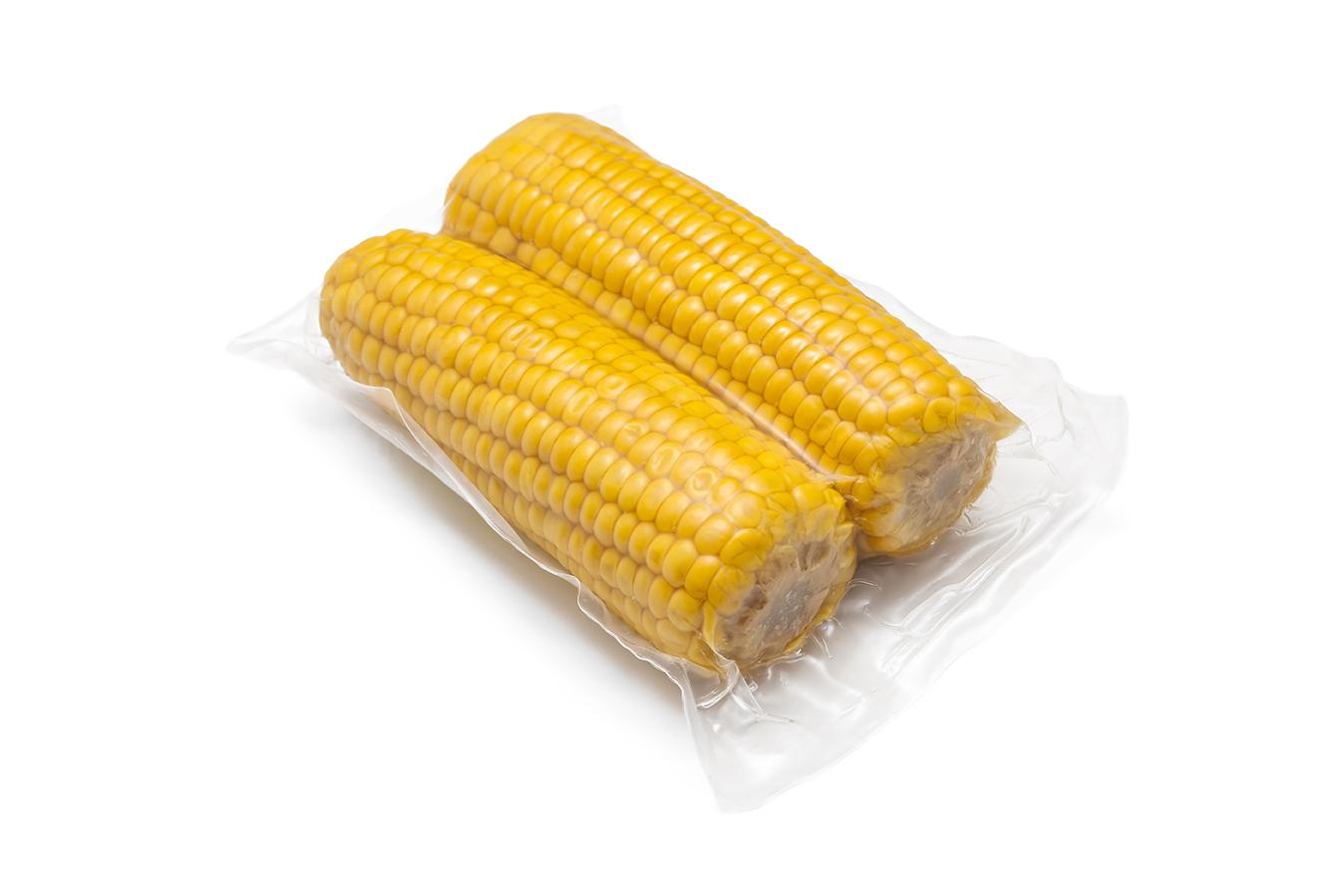Feature
The role of shrink wrapping in retail packaging
This packaging solution secures products during transit and meets growing demands for eco-friendly practices, making it a reliable choice for retailers globally. By Mohamed Dabo.

As a vital element of retail packaging, shrink wrap provides strong product protection. Credit: Morrowind / Shutterstock
Shrink wrapping has become a staple in retail packaging, offering a versatile and efficient solution for product protection and presentation. Its widespread use across industries, from food to electronics, highlights its durability and cost-effectiveness.
In the ever-evolving world of packaging, shrink wrapping remains a reliable choice for retailers, delivering both functional and aesthetic benefits.
This article explores how shrink wrapping contributes to retail packaging, focusing on its protective capabilities, environmental considerations, and versatility in the market.
Protective and secure packaging
One of the primary advantages of shrink wrapping is its ability to provide a protective seal around products.
Made from polymer plastic film, shrink wrap shrinks tightly around an item when heat is applied, creating a secure barrier against external elements such as moisture, dust, and tampering.
For retailers, this is critical in ensuring that products remain intact from manufacturing to the point of sale.
Shrink wrapping’s protective qualities make it ideal for a wide range of goods. Perishable items, such as fresh produce and baked goods, benefit from the film’s ability to extend shelf life by keeping out contaminants.
In industries like pharmaceuticals and electronics, shrink wrap offers an extra layer of security, making tampering evident and thereby safeguarding consumers.
Shrink wrapping is also robust in preventing theft and damage during transit. Its tight seal keeps products firmly in place, reducing the risk of movement and breakage during transportation.
This benefit is particularly relevant for fragile items or bulk shipments where stability is essential.
Environmental considerations and sustainability
Despite its advantages, shrink wrapping, like other plastic-based packaging, has faced scrutiny due to concerns about plastic waste and its environmental impact. However, advances in material technology have addressed some of these issues.
Modern shrink wrap films are now available in eco-friendlier options, such as recyclable or biodegradable versions, that lessen their environmental footprint.
Retailers and manufacturers are increasingly adopting these more sustainable alternatives to meet consumer demand for environmentally responsible packaging.
In addition, the use of thinner films has reduced the amount of plastic required, cutting down on both material costs and environmental impact.
This trend towards sustainability reflects a broader shift in the packaging industry, where companies are seeking to balance functionality with environmental responsibility.
Moreover, many retailers are exploring shrink wrap recycling programmes as part of their overall waste reduction strategies.
These initiatives encourage the reuse of shrink wrap, reducing its contribution to landfill waste. While the debate over plastics and sustainability continues, shrink wrap remains a practical solution when used thoughtfully, with an increasing focus on circular packaging systems.
Versatility across retail sectors
Shrink wrapping’s versatility is one of its standout qualities. It can be customised to fit various product sizes and shapes, offering retailers a flexible packaging solution.
Whether for bulk items, promotional multi-packs, or individually wrapped products, shrink wrap is easily adaptable to different retail needs.
This flexibility is particularly valuable in the fast-moving consumer goods (FMCG) sector, where packaging plays a key role in both product protection and marketing.
For retailers, shrink wrap also enhances product visibility. Since the film is clear and fits snugly around items, it allows consumers to see the product while maintaining its freshness and safety.
This feature is especially important in sectors like food and beverage, where transparency can influence purchasing decisions. In addition, shrink wrapping can be combined with printed labels or branding, helping to create a visually appealing product that stands out on the shelf.
Beyond the FMCG sector, shrink wrapping has found applications in a variety of industries, from cosmetics to automotive parts. Its ability to package irregularly shaped items makes it an ideal solution for products that do not fit conventional packaging designs.
This versatility, combined with its cost-effectiveness, ensures that shrink wrapping remains a preferred choice across retail industries.
Looking forward
Shrink wrapping continues to play a significant role in retail packaging, providing a protective, versatile, and increasingly sustainable solution.
Its ability to safeguard products, extend shelf life, and enhance product visibility ensures its relevance in the packaging industry for years to come.
As consumer demand for eco-friendly packaging grows, innovations in shrink wrap materials and recycling programmes will further cement its place in the future of retail packaging.